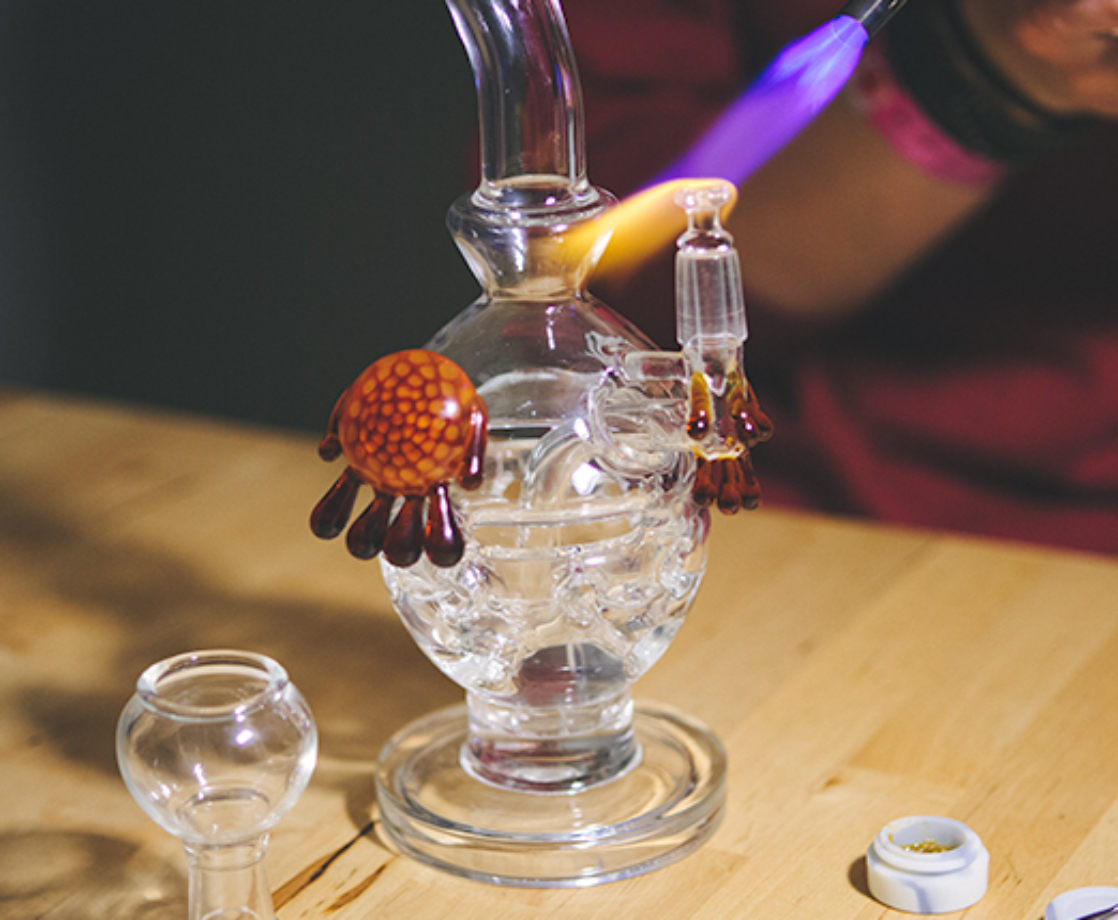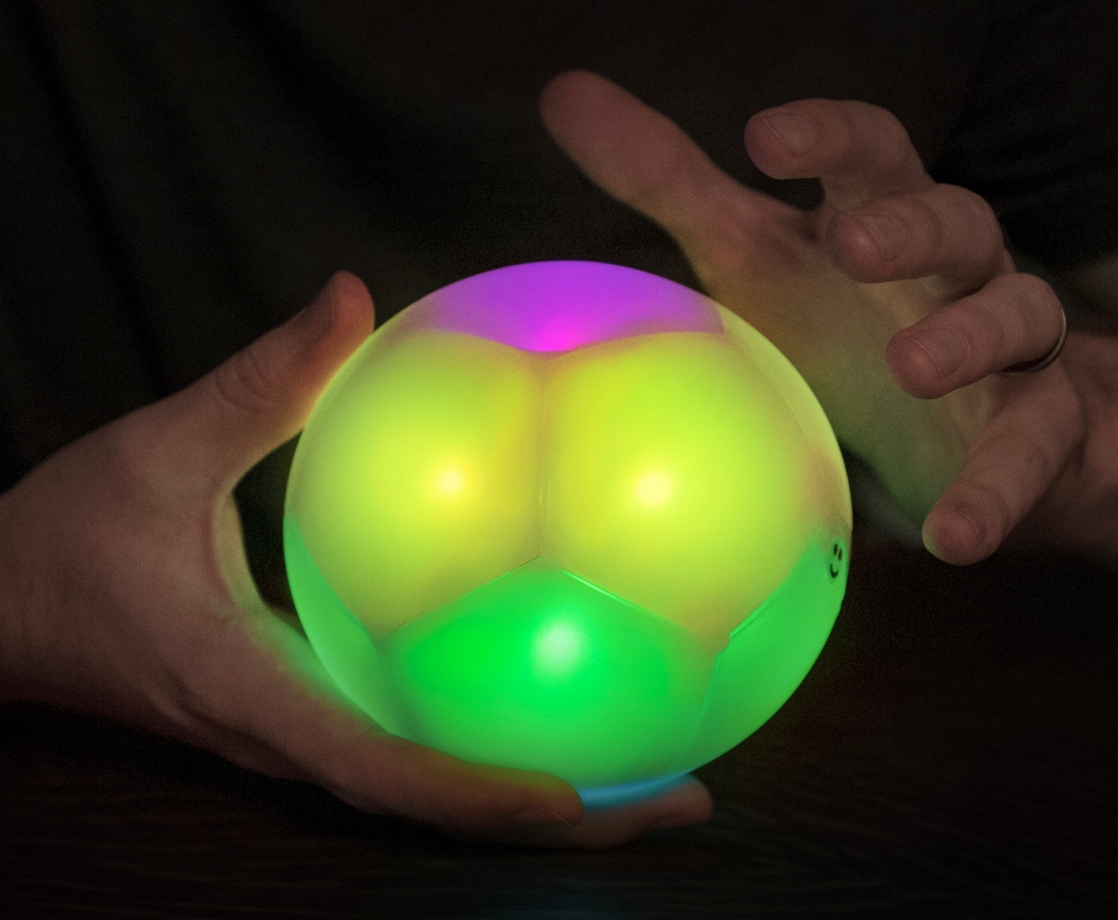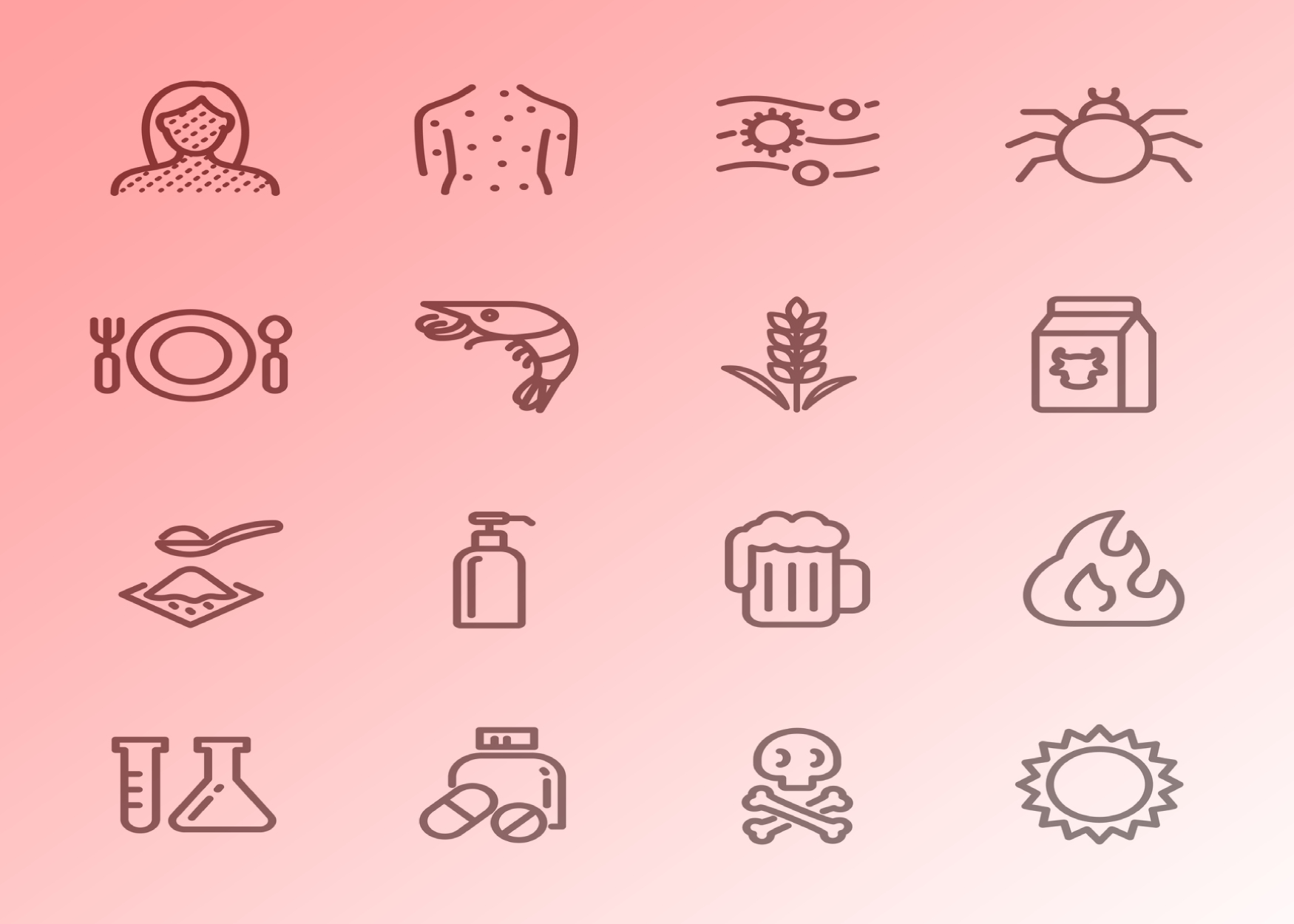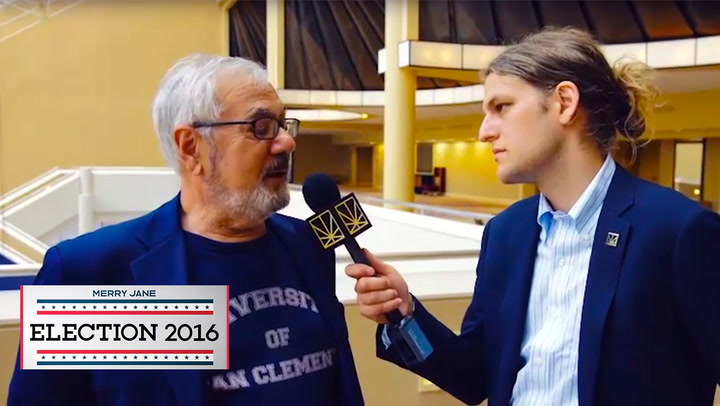Is there really a new, alarming weed consumption trend among US teens, or is this just yet another round of anti-pot fear mongering that exploits kids?
According to the latest survey from Axios, just over half, or 59 percent, of respondents aged 18 to 24 years have “heard a little or a lot” about dabbing weed extracts. The next largest group, those aged 25 to 34 years, came in at 48 percent. And as age groups got older than 35 years, those numbers steadily declined. Which isn’t a huge surprise, as one would expect younger people to be more aware of dabbing than, say, their grandparents.
Axios’s Reefer Madness wasn’t in its poll, but in an accompanying story titled, “The super weed problem.” After introducing some of the survey’s raw numbers, Axios’s CEO and cofounder Jim VandeHei added some info regarding how little we know about dabbing’s long-term health effects. Of course, other media outlets picked up on the Axios story with their own fear-mongering headlines, such as “Dabbing Pot is the New Dangerous Trend Among Teens” and “What is dabbing? An alarming new trend among marijuana users.”
Before we dive into the Axios story, let’s clear the air here: Dabbing is not a “new trend” nor is it uniquely dangerous compared to, say, smoking plain ol’ weed. Technically, people have been dabbing pot products for decades, if not centuries, in various forms. VandeHei is correct that today’s version of dabbing includes ultra-potent weed extracts such as waxes, shatters, sauces, and rosins that can reach over 90 percent THC, whereas regular weed usually contains about 20 to 25 percent THC.
But here’s the thing: While people new to dabs may accidentally take too much their first few times, the average cannabis consumer doesn’t consume 70 percent more THC on average just because they’ve started dabbing. People can only handle so much weed at one time. So while, yes, dabbing features higher-concentration weed products, the average toker typically does not consume more THC overall. Whereas someone may need to smoke an entire 1-gram joint to catch a buzz, they aren’t going to start dabbing entire grams of extracts. Likely, they’ll hit one or two pinhead-sized dabs of a concentrate before calling it enough.
Now, let’s dive into that Axios story.
Jim VandeHei’s opening is misleading, at best. The Axios survey’s questions are worded horribly — as in, bad enough to be completely meaningless in terms of scientific data. He tries to present dabbing as a growing problem among teens by combining the figures from two separate questions: “Have you heard a little about ‘dabbing’ as it relates to marijuana?” and “Have you heard a lot about ‘dabbing’ as it relates to marijuana?” Hearing or knowing about a topic is not the same as actually participating in that topic. Here’s a thought exercise: How many young people know about mass shootings yet aren’t shooting up their schools? And have those young people heard a little about mass shootings or a lot about mass shootings?
Curiously enough, VandeHei mentions a more relevant survey question, “Have you or has anyone you know ever used dabs?” but buries it in the middle of the story. Besides, what an incredibly flawed question — why did Axios ask respondents if they had dabbed or if they knew someone who dabbed weed in the same question? That’s like when fortune tellers say, “You — or someone you know — is having money problems right now.” Well, no shit you’re going to get inflated numbers that way. Did Axios know they’d get figures below 50 percent if they split that question up in a far more scientifically credible manner? In other words, (1) “Have you ever dabbed marijuana” and (2) “Do you know someone who has dabbed marijuana?”
None of this is surprising considering, at one point, VandeHei, in all dorky seriousness, calls dabbing “hit the dab,” as in, “When teens hit the dab.” There are some other silly claims in the Axios story, too, but I’ll leave you with the most sensationalist one. He cites one single case in the medical literature where a patient experienced “seizure-like” symptoms after dabbing too hard. We know that dabbing, like smoking weed, isn’t 100 percent safe. It comes with some complications, especially when rookies start off with an insanely high dose. But there’s something else out there that teens are perpetually subjected to that doesn’t just cause seizure-like symptoms, it’s also one of the most common seizure triggers, period. And that trigger is depression.
Our nation’s teens are experiencing an epidemic of depression at the moment, one caused by toxic, high-pressure school environments. Oddly enough, even Axios’s previous coverage acknowledges that anxiety and bullying are far bigger concerns among American teens than simply smoking some weed.
Given that teen depression and suicide rates have been on the rise lately, maybe the American media ought to focus on the real, systemic problems facing our nation’s youth — such as school administrators’ utter failure to curb bullying (when the administrators aren’t being bullies themselves, that is); “education” that stresses standardized testing over actually teaching teens how to survive in the adult world; and emotionally-absent parents who are consumed with their own depressing, overworked lives. Hyping up normal rates of soft drug use that have remained steady ever since grandma and grandpa were flashing peace signs seems rather counterproductive when our country is currently facing much, much bigger problems right now.











